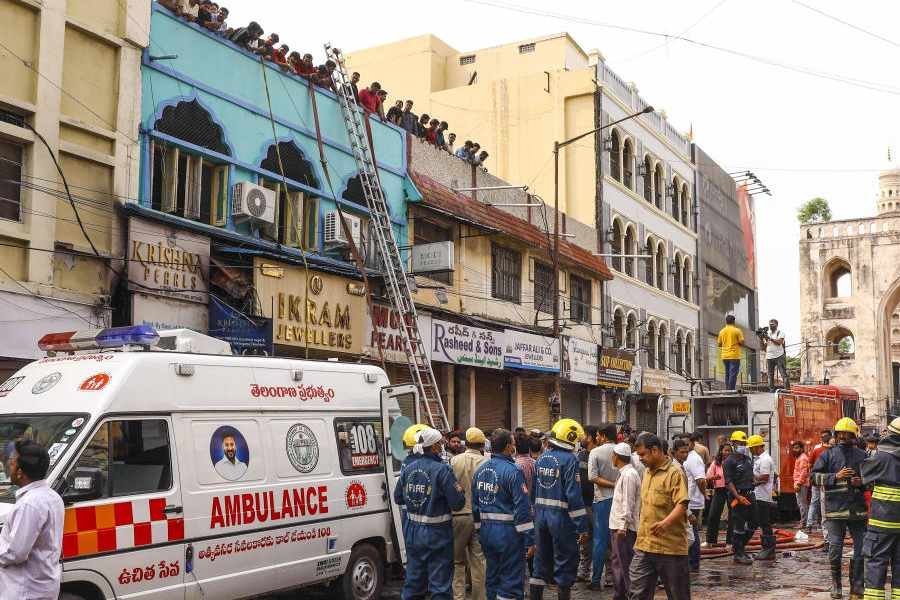
A curfew was imposed in parts of Nagpur on Tuesday, a day after communal tensions ignited over sacrilege rumors. The protests centered around calls for the razing of Mughal emperor Aurangzeb’s tomb. This has sparked a political war of words, but authorities have managed to keep the situation under control. Interestingly, Aurangzeb’s tomb is not in Delhi, the former capital of the Mughal empire, nor in Nagpur, the epicenter of recent unrest, but in Khuldabad, a relatively obscure location in Maharashtra. The Aurangzeb Tomb Controversy highlights deep-seated historical grievances and ongoing cultural debates.
The Historical Context of Aurangzeb’s Tomb
Aurangzeb and his tomb frequently appear in news headlines, often igniting controversy over political figures visiting the site or right-wing groups demanding its demolition. It’s widely acknowledged that the 17th-century Mughal emperor is one of the most contentious rulers in India’s history. Known for inheriting the largest empire in the subcontinent, Aurangzeb expanded it significantly during his reign.
The Cultural Impact of Recent Films
The recent release of “Chhaava,” a film about Sambhaji, has reignited discussions surrounding the Aurangzeb Tomb Controversy. Maharashtra Chief Minister Devendra Fadnavis remarked that while the film has stirred anger against Aurangzeb, it is crucial to maintain peace in Maharashtra. He described the violence as seeming “pre-planned,” shedding light on the complexities surrounding Aurangzeb’s legacy.
Aurangzeb’s Guilt and Simplicity
Aurangzeb’s choice of Khuldabad for his tomb reflects his inclination towards a simple lifestyle, rooted in guilt over deposing his father, Shah Jahan. Many historians argue that his stringent lifestyle choices stemmed from remorse for usurping power. Breaking Islamic law, Aurangzeb imprisoned his father for over seven years, which weighed heavily on him.
He sought legitimacy as a ruler by adhering to Islamic principles, renouncing extravagance, and promoting a modest life. His tomb’s simplicity aligns with his belief that “the sky is enough (of a dome to shelter my grave),” illustrating his desire for humility even in death. Aurangzeb’s final resting place, funded through his personal efforts, adds another layer to the Aurangzeb Tomb Controversy.
The Significance of Khuldabad
Aurangzeb’s tomb is located within the Chishti Sufi shrine of Zaynuddin Shirazi. His last wishes dictated that he be buried near this revered site, which he believed would offer him refuge from his sins. The area, originally known as Rauza for its Sufi saints, became Khuldabad, a title reflecting Aurangzeb’s posthumous identity as “resident of paradise.”
For more updates,visit The Hans Bharat






